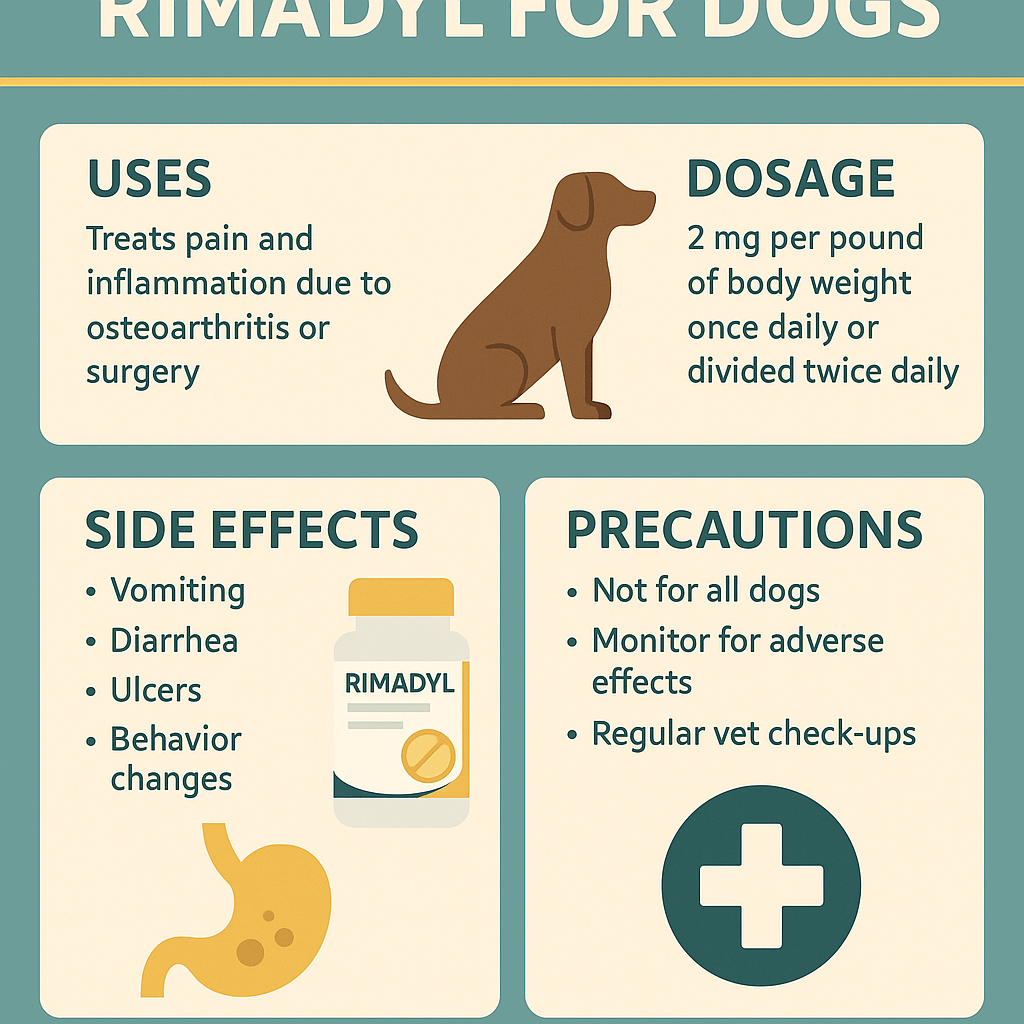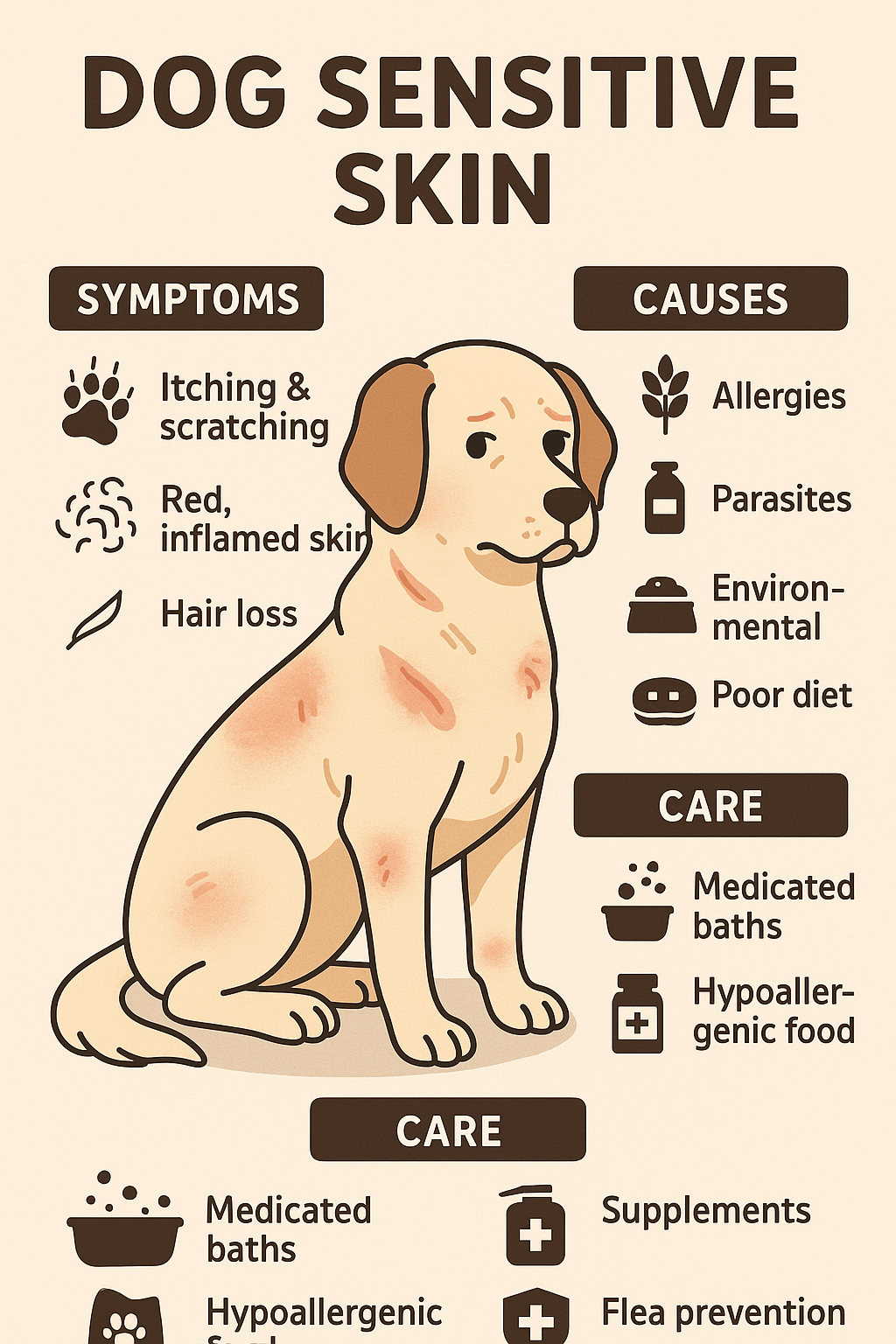Why Do Dogs Sleep on Their Backs? A Peek into Your Pup’s Comfort Zone
Have you ever noticed your furry friend sprawled out on the floor, belly up, and legs splayed in all directions? It’s an adorable sight that often leaves dog owners wondering what it means. Is this a sign of trust, comfort, or just a quirky sleeping habit? Sleeping on their backs is more common than you might think, and it can reveal fascinating insights into your dog’s personality and well-being. In this blog post, we’ll explore why dogs sleep on their backs, the benefits and drawbacks of this position, and how you can ensure your pup stays happy and healthy while catching some Z’s.
The Science Behind the Belly-Up Sleep Position
Dogs are known for their unique sleeping habits, and lying on their backs is one of the most intriguing. But what’s the science behind this posture? Here’s a breakdown of why your dog might choose to snooze in this position:
- Temperature Regulation : Dogs don’t sweat like humans do, so they rely on other ways to cool down. Sleeping on their back exposes their belly, which has less fur and helps them release heat more effectively.
- Deep Relaxation : This position leaves their vulnerable areas exposed, indicating that your dog feels safe and secure in their environment.
- Muscle Relief : Stretching out fully can help relieve tension in their muscles and joints, especially after a long day of play.
- Comfort Factor : Some dogs simply find this position cozier than others, particularly if they have soft bedding or a warm spot to lie on.
In conclusion, the belly-up sleep position is a mix of biology and behavior, offering both physical and emotional benefits for your four-legged companion.
Decoding Your Dog’s Personality Through Their Sleep Habits
Did you know that your dog’s sleeping position can say a lot about their personality? When your pooch sleeps on their back, it’s not just about comfort—it’s also a window into their temperament. Here’s what this position might reveal:
- Trust and Confidence : Dogs who sleep belly-up tend to be confident and secure in their surroundings. They feel no threat from predators or unfamiliar noises.
- Laid-Back Nature : This posture is often seen in dogs with easygoing personalities. They’re happy-go-lucky pups who enjoy life at a relaxed pace.
- Playfulness : Many dogs who sleep on their backs are playful and energetic during waking hours. They love games, attention, and socializing with their human family.
- Adaptability : These dogs are usually adaptable to new environments and situations, making them great companions for travel or changes in routine.
Ultimately, observing your dog’s sleep habits can give you valuable clues about their inner world and strengthen the bond between you two.
Expert Insight: Dr. Emily Carter, Veterinarian and Canine Behavior Specialist
“Sleeping on their back is often a sign of a dog feeling completely at ease in their environment. It’s a vulnerable position, so when dogs choose it, they’re showing immense trust in their owners. However, if this behavior suddenly increases or is paired with restlessness, it could indicate discomfort or an underlying health issue that warrants further investigation.”
Check this guide 👉 Top 5 Premium Waterproof Dog Beds for Ultimate Comfort!
Check this guide 👉 5 Ultimate Dog Bed Picks for Maximum Comfort Now!
Check this guide 👉 5 Best Dog Couches for Ultimate Comfort & Style!

Benefits of Belly-Up Sleeping | Potential Drawbacks |
|---|---|
Helps regulate body temperature | May leave the dog feeling exposed |
Indicates deep relaxation and trust | Not ideal in cold environments |
Relieves muscle tension | Could cause discomfort on hard surfaces |
Encourages bonding with pet parents | Rarely used by anxious or shy dogs |
How to Encourage Healthy Sleep Habits in Your Dog
While sleeping on their back is perfectly normal, ensuring your dog has healthy sleep habits overall is essential for their well-being. Here are some tips to promote restful nights and rejuvenating naps:
- Provide Comfortable Bedding : Invest in a soft, supportive bed that accommodates your dog’s size and preferences.
- Maintain a Routine : Stick to regular feeding, exercise, and bedtime schedules to help your dog feel secure and settled.
- Create a Peaceful Environment : Minimize noise and distractions in your dog’s sleeping area to encourage uninterrupted rest.
- Monitor Health Signs : Keep an eye out for any sudden changes in sleep patterns, as these could indicate underlying health issues.
By following these guidelines, you can support your dog’s natural sleep tendencies while keeping them happy and healthy.
Common Misconceptions About Dogs Sleeping on Their Backs
There are several myths surrounding why dogs sleep on their backs. Let’s clear up some of the most common misconceptions:
- Myth: It’s Always a Sign of Submission
While exposing the belly can sometimes signal submission, sleeping on their back is typically unrelated to dominance hierarchies. - Myth: All Dogs Prefer This Position
Every dog is different—some may never sleep on their back, and that’s completely normal. - Myth: It Means Your Dog Is Overheating
While temperature regulation plays a role, this position isn’t exclusively linked to overheating. - Myth: It’s Only for Small Breeds
Both small and large breeds can adopt this posture depending on their individual comfort levels.
Understanding these truths can help you appreciate your dog’s unique behaviors without jumping to conclusions.
Benefits of Observing Your Dog’s Sleep Positions
Understanding your dog’s sleep positions can provide valuable insights into their health and emotions. Here are some key benefits of paying attention to how your dog sleeps:
- Early Detection of Health Issues : Changes in sleep patterns or positions may signal discomfort, pain, or illness that requires veterinary attention.
- Strengthened Bond : Observing your dog’s habits shows them you care, fostering trust and deepening your relationship.
- Improved Environment : By understanding what makes your dog comfortable, you can create a safer and more inviting space for rest.
By taking the time to observe and interpret your dog’s sleep behaviors, you not only ensure their well-being but also enhance the connection you share with your furry companion.
Tips for Creating a Dog-Friendly Sleep Space
A comfortable sleeping environment is essential for your dog’s rest and relaxation. Here are some tips to design a cozy and inviting space:
- Choose the Right Bed : Opt for a bed that matches your dog’s size, age, and sleeping preferences (e.g., orthopedic beds for senior dogs).
- Control Room Temperature : Keep the room at a moderate temperature to prevent overheating or chilling during sleep.
- Minimize Distractions : Place the bed in a quiet area away from high-traffic zones or loud appliances like washing machines.
- Add Familiar Scents : Include a blanket or toy with your scent to provide comfort and reassurance.
With these adjustments, you can help your dog feel secure and relaxed, ensuring they wake up refreshed and ready for the day.
Fun Facts About Dog Sleeping Habits
Dogs have fascinating sleep habits that reflect their instincts and personalities. Here are some intriguing facts about how and why dogs sleep the way they do:
- Wild Instincts Remain : Even domesticated dogs often curl up to conserve heat and protect vital organs, a behavior inherited from their wild ancestors.
- Dreaming is Common : Dogs experience REM sleep, which means they likely dream about activities like playing or chasing.
- Varied Sleep Needs : Depending on age, breed, and activity level, dogs require between 12 and 18 hours of sleep per day.
- Position Preferences Change : Many dogs switch between sleeping positions based on factors like mood, temperature, and comfort.
These fun facts highlight the complexity and charm of our canine companions, reminding us just how unique and special each pup truly is.
FAQ
Why does my dog suddenly sleep on his back?
Sudden changes in sleep positions could be due to environmental factors, such as warmer weather or a new comfortable bed.
Is it bad if my dog doesn’t sleep on her back?
No, every dog has its own preferred sleeping style. As long as she seems comfortable and rested, there’s nothing to worry about.
Can puppies sleep on their backs too?
Yes, puppies often experiment with different sleeping positions, including lying on their backs.
Should I wake my dog if he’s snoring while sleeping on his back?
Snoring is usually harmless unless accompanied by labored breathing or other symptoms. If concerned, consult your vet.
How can I tell if my dog is truly comfortable sleeping belly-up?
Look for signs of contentment, such as relaxed facial expressions, steady breathing, and frequent use of the position.
Embracing Your Dog’s Unique Sleep Style
Every dog is unique, and their sleeping habits are no exception. Whether your pup loves sleeping on their back, curled up in a ball, or sprawled sideways, each position tells a story about their personality and well-being. By understanding the reasons behind these behaviors, you can deepen your connection with your furry friend and ensure they’re living their best life. So next time you catch your dog snoozing belly-up, take a moment to appreciate the trust and joy they bring into your home—and maybe snap a cute photo while you’re at it!
Rimadyl for Dogs: Best 7 Expert Tips! Discover expert advice on using Rimadyl safely, managing pain, and improving your dog’s mobility with trusted veterinary insights.
Can Dogs Have Tylenol for Pain? Best 7 Expert Tips! Discover the risks, safe alternatives, and expert advice on managing your dog’s pain effectively while avoiding harmful medications.
Understanding Hemophilia in Dogs: Best 7 Expert Tips! Discover expert advice on managing hemophilia, recognizing symptoms, and ensuring your dog’s well-being with practical care strategies.
Understanding Dog Sensitive Skin: Best 7 Expert Tips! Discover expert advice on managing dog sensitive skin, relieving irritation, and improving your pup’s comfort with practical solutions.





